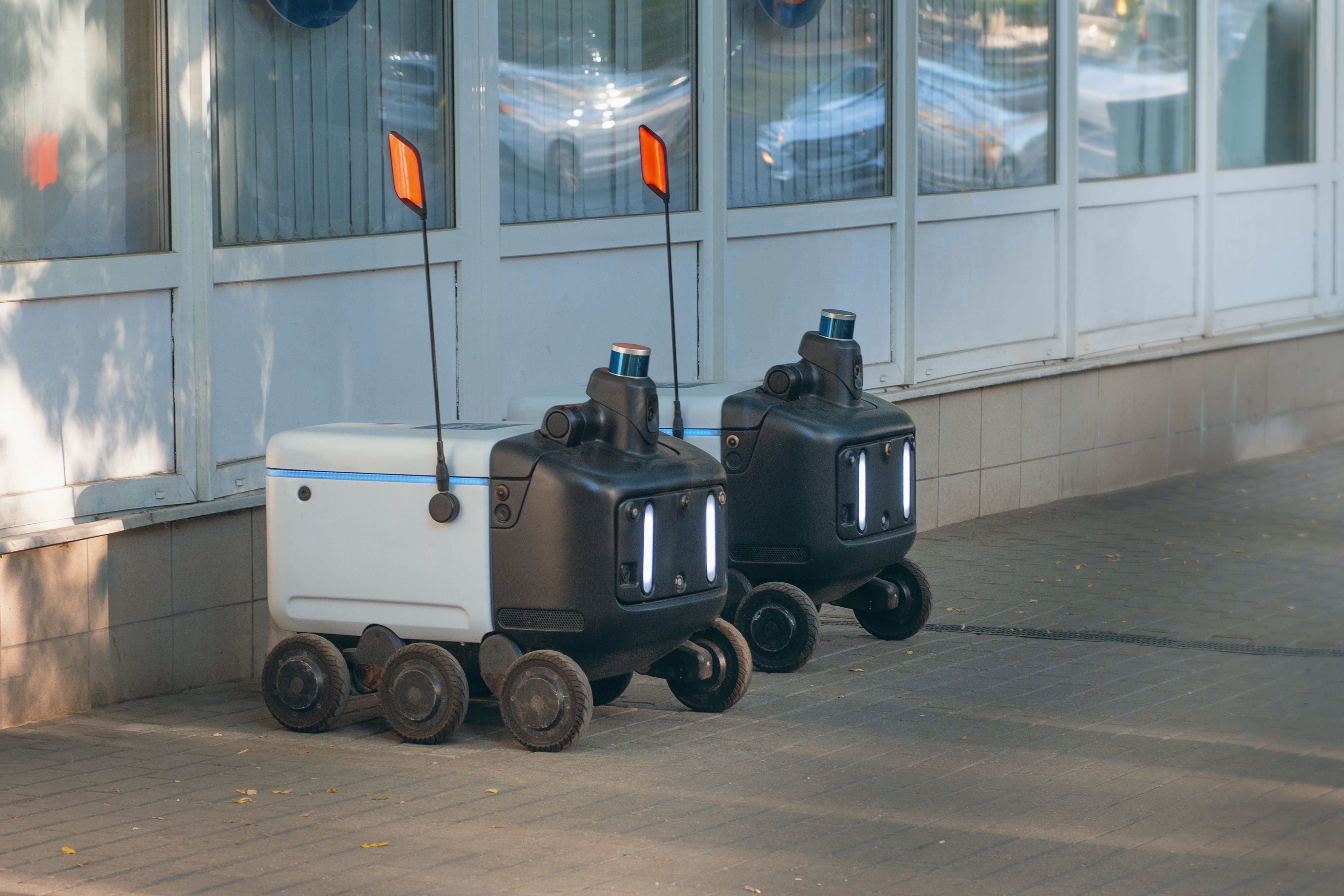The Future of Food Delivery: Self-Driving Robots on the Rise
Revolutionizing Food Delivery with Self-Driving Robots
The landscape of food delivery is undergoing a transformative change with the advent of self-driving robots. As technology continues to evolve, these autonomous machines are set to redefine how we receive our meals, promising faster, more efficient, and hassle-free service. The push towards automation in this sector not only highlights innovation but also addresses some of the challenges faced in traditional delivery models.

Efficiency and Speed: Key Benefits
One of the most compelling advantages of self-driving food delivery robots is their ability to operate 24/7 without fatigue, ensuring that your favorite meals are available at any time of day or night. These robots navigate through traffic and crowded streets with ease, using advanced sensors and cameras to avoid obstacles and ensure timely delivery. The result is a significant reduction in delivery times, which enhances customer satisfaction.
Moreover, these robots can follow optimized routes, minimizing delays caused by human error or unexpected detours. This precision not only benefits customers but also helps restaurants and delivery services manage their resources more effectively.
Environmental Impact and Cost Savings
Self-driving robots are often powered by electricity, making them an environmentally friendly alternative to traditional delivery vehicles that rely on fossil fuels. This shift could lead to a substantial reduction in carbon emissions, contributing positively to efforts against climate change.
From a financial perspective, businesses stand to gain from reduced operational costs. With no need for human drivers, companies can save on wages, benefits, and other associated expenses. These savings can then be passed on to consumers in the form of lower delivery fees, making the service more accessible to a broader audience.
Challenges and Considerations
Despite the promising benefits, there are challenges that need addressing before self-driving robots become mainstream in food delivery. Legal and regulatory frameworks must evolve to accommodate this new technology, ensuring safety and accountability. Moreover, these robots need to be tested extensively in diverse environments to ensure their reliability under varying conditions.
Another consideration is the potential impact on employment. While automation can lead to job displacement in the short term, it also opens up new opportunities in tech development, maintenance, and other related fields.
The Road Ahead
The integration of self-driving robots into the food delivery ecosystem is still in its nascent stages, but the potential is immense. As technology continues to advance, we can expect these robots to become more sophisticated, capable of handling complex tasks and delivering a wider array of products beyond food.
In the coming years, collaboration between tech companies, policymakers, and businesses will be crucial in overcoming challenges and ensuring that this innovation benefits everyone involved. By embracing these changes, the food delivery industry is poised for a future where convenience and efficiency are at the forefront.
